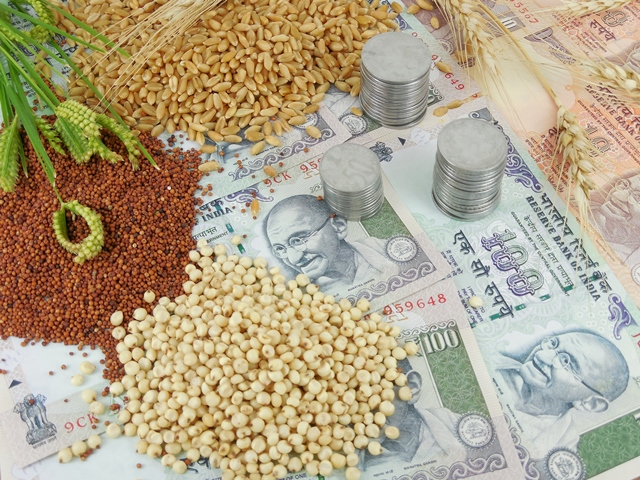India is one of the largest producers of several agricultural commodities. Yet, Indian farmers face a lot of challenges. One of the age-old problems Indian farmers face is the unpredictability of income and the risk of not finding buyers for their produce. The advent of national commodity exchanges has helped farmers get the right prices for their produce and hedge their risks. However, the participation of farmers in the Indian commodity derivative market is very low. Here are some ways to increase the number of farmers trading in commodity derivatives.
- Improve Warehousing & Grading Infrastructure
Most of the commodity futures trades are settled through delivery. This means farmers should be able to guarantee settlement and the specified quality as per the derivative contract. This becomes a challenge due to a lack of adequate warehousing facilities. For derivatives, only warehouses registered under the Warehousing Development and Regulatory Authority (WDRA) are considered. However, there are very few warehouses under this category compared to the higher number of warehouses supporting the physical market. Apart from storage capabilities, warehouses should also have grading capabilities to ensure standardized delivery of commodities.
- Increasing the Participation of Institutions in Commodity Trading Online
Participation of institutions is necessary for developing any market. For example, financial institutions participate heavily in the stock market, which leads to higher volumes of trade. In the commodity derivative market, the participation of institutions is low. While SEBI has allowed many institutions such as mutual funds in the commodities market, there is room for more institutions. The government should permit all kinds of institutions, such as pension funds, insurance companies, and banks to participate in the commodities market.
- Better Regulation to Win the Trust of Farmers
In other financial securities, both the spot market as well as the derivatives market are governed by the same regulator (SEBI). However, in the commodities market, SEBI has limited control over the spot market. Many commodities are on the state list, thus, making it difficult to standardize legislation for all commodities. Improving regulation will increase the confidence of farmers to participate in the commodity markets.
- Improving the Flow of Information
In India, there are lots of local markets, which creates multiple prices for the same trade in commodities. Ideally, the information should flow to farmers quickly so they can make the right decisions while entering derivative contracts. There should also be information on the amount of stock available for each commodity. If people see a particular commodity is in short supply, they can increase prices. The dissemination of useful information will help farmers get better price realization for their produce.
- Reducing the Bid-Ask Spread
In highly efficient markets, the bid-ask spread is small. The bid-ask spread is the difference between the price quoted for an immediate sale by sellers and the price quoted for immediate purchase by buyers. However, in commodity markets, the spread is very wide because there is a huge gap between the price received by the producer and the price paid by the consumer. Reducing the middlemen can reduce the bid-ask spread and make it easier for farmers to trade in commodity markets.
Conclusion
To conclude, commodity markets have a big role in increasing farmers’ income and reducing their risk. By taking the right steps, the government can ensure more and more farmers benefit from commodity derivatives trading.









